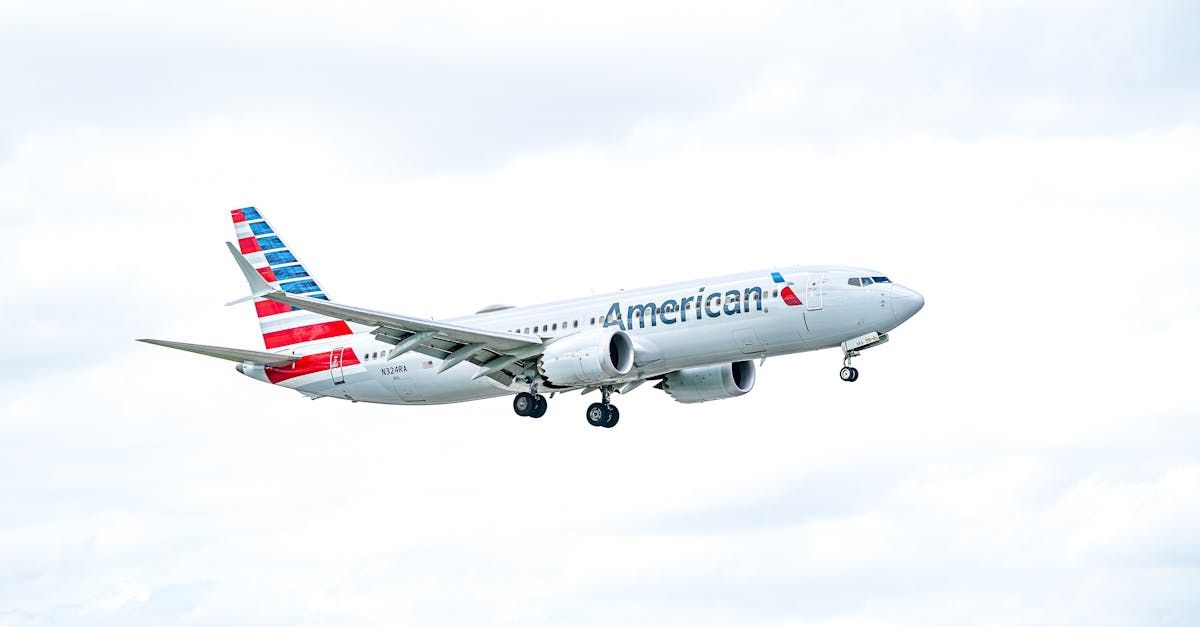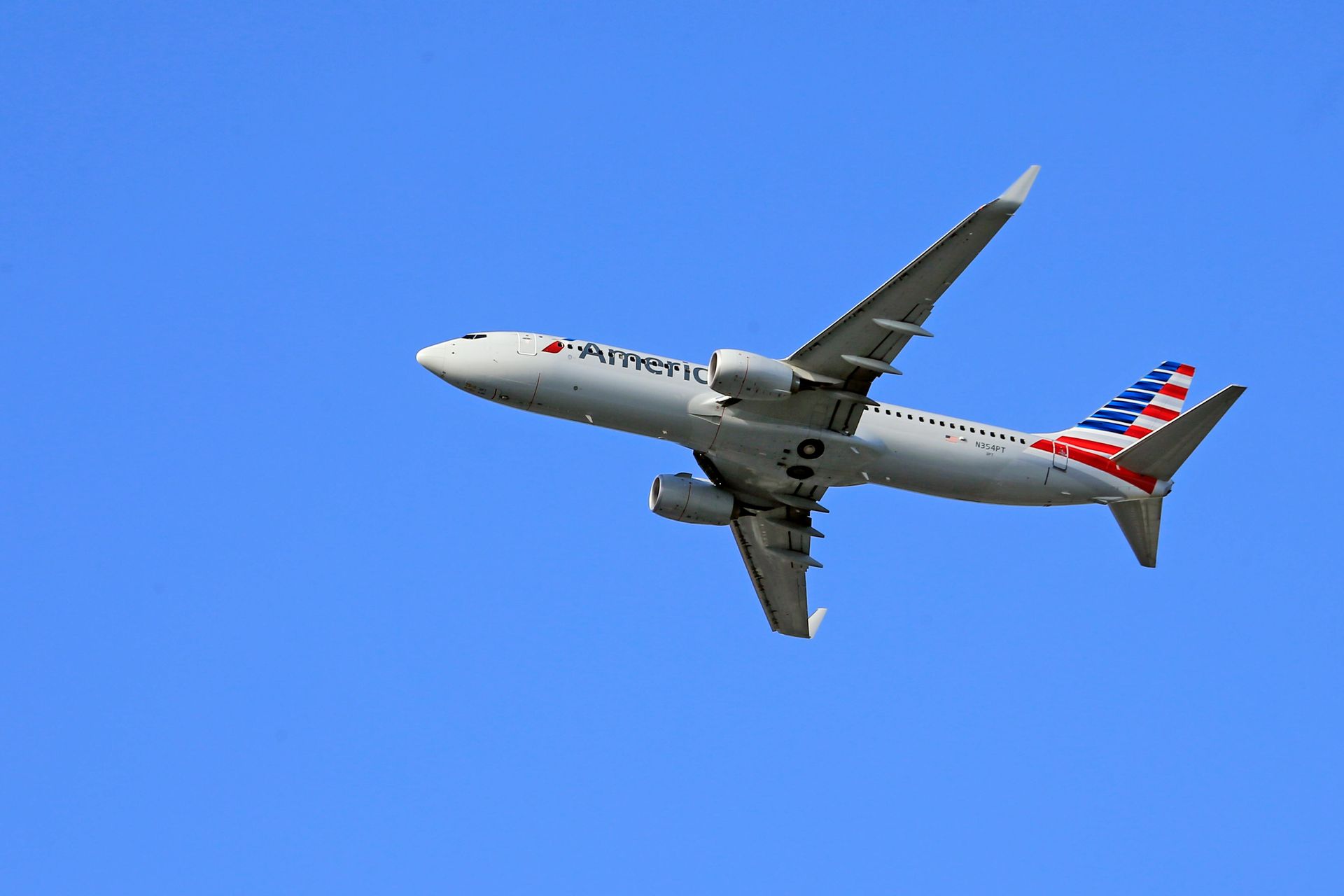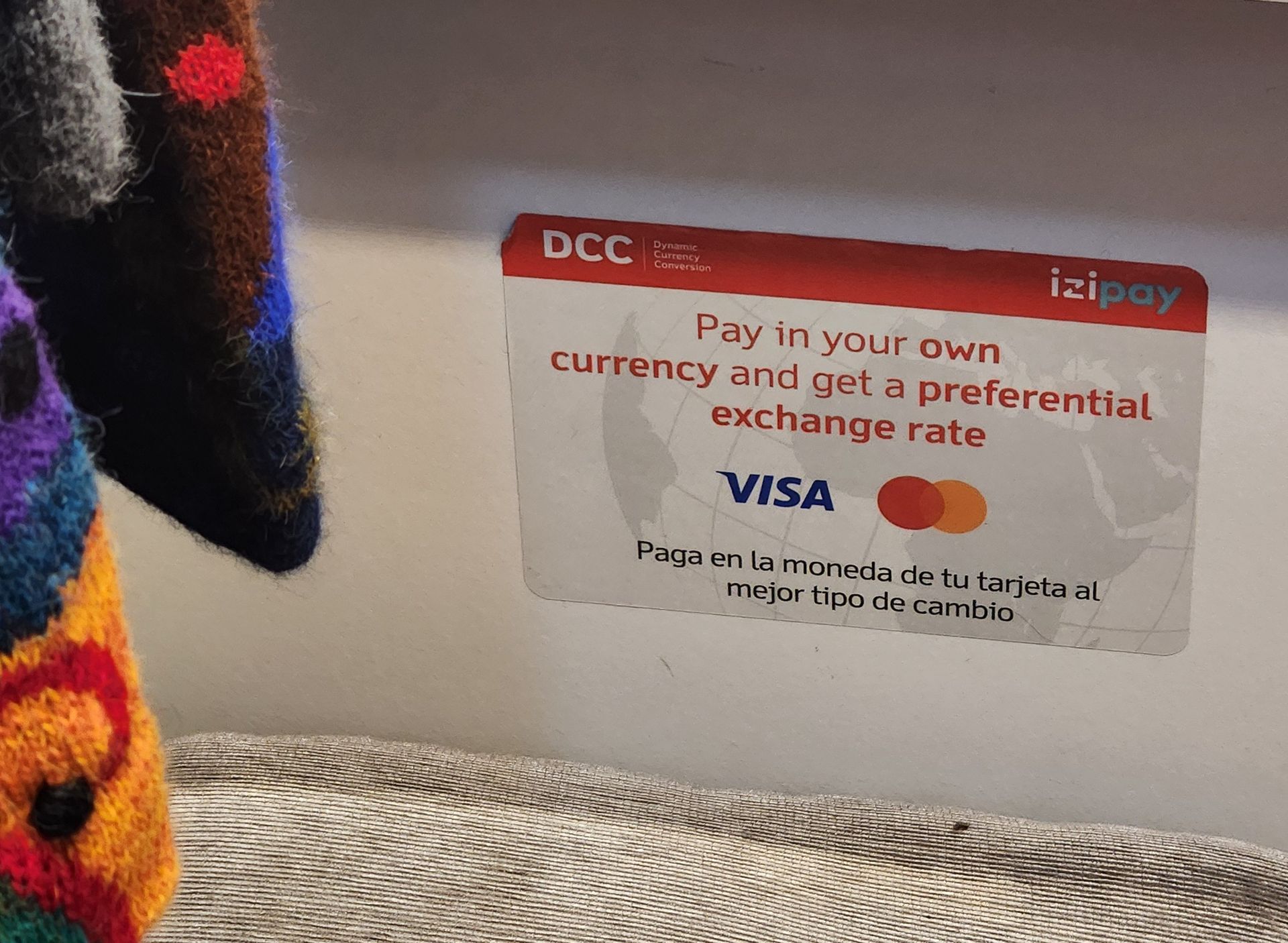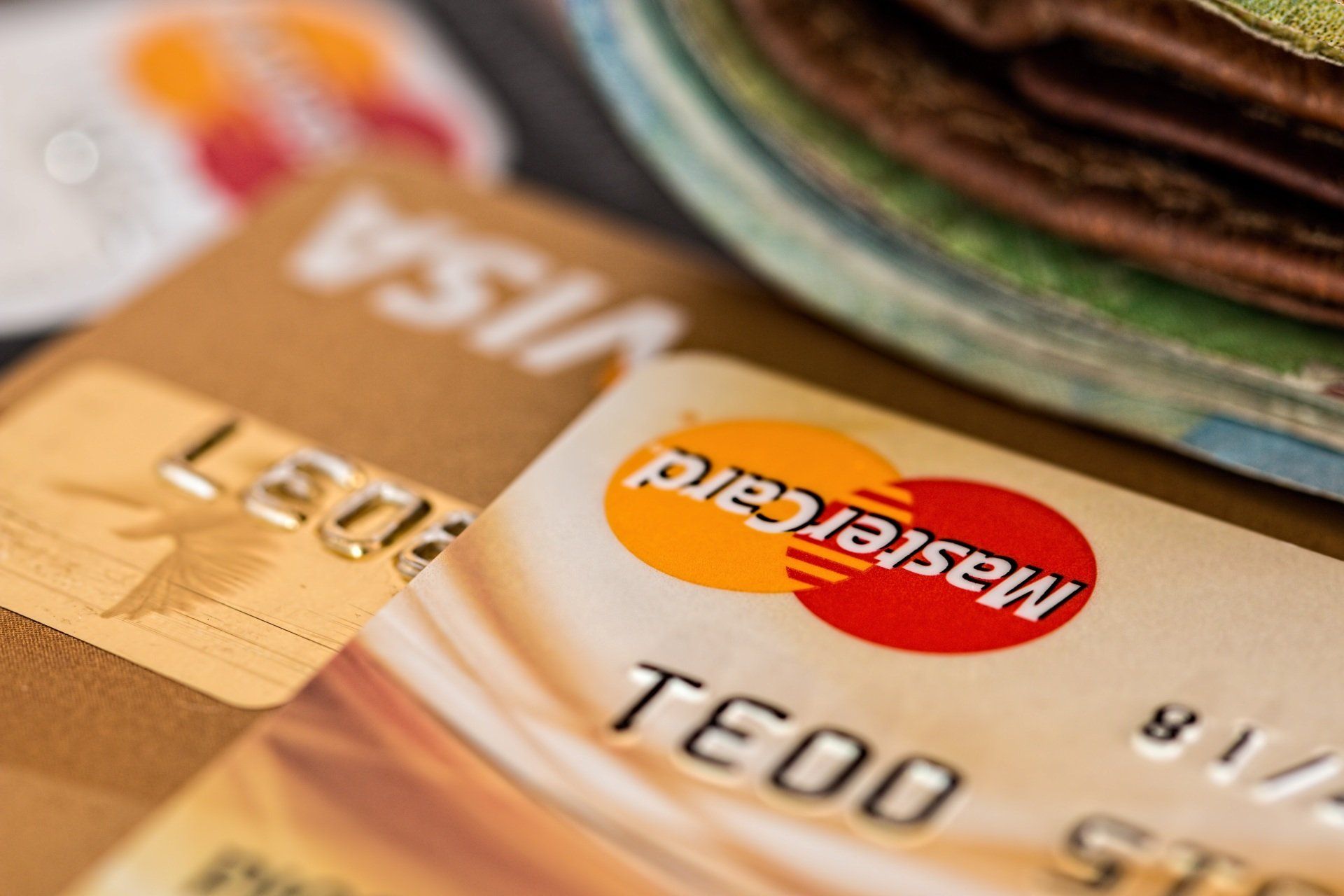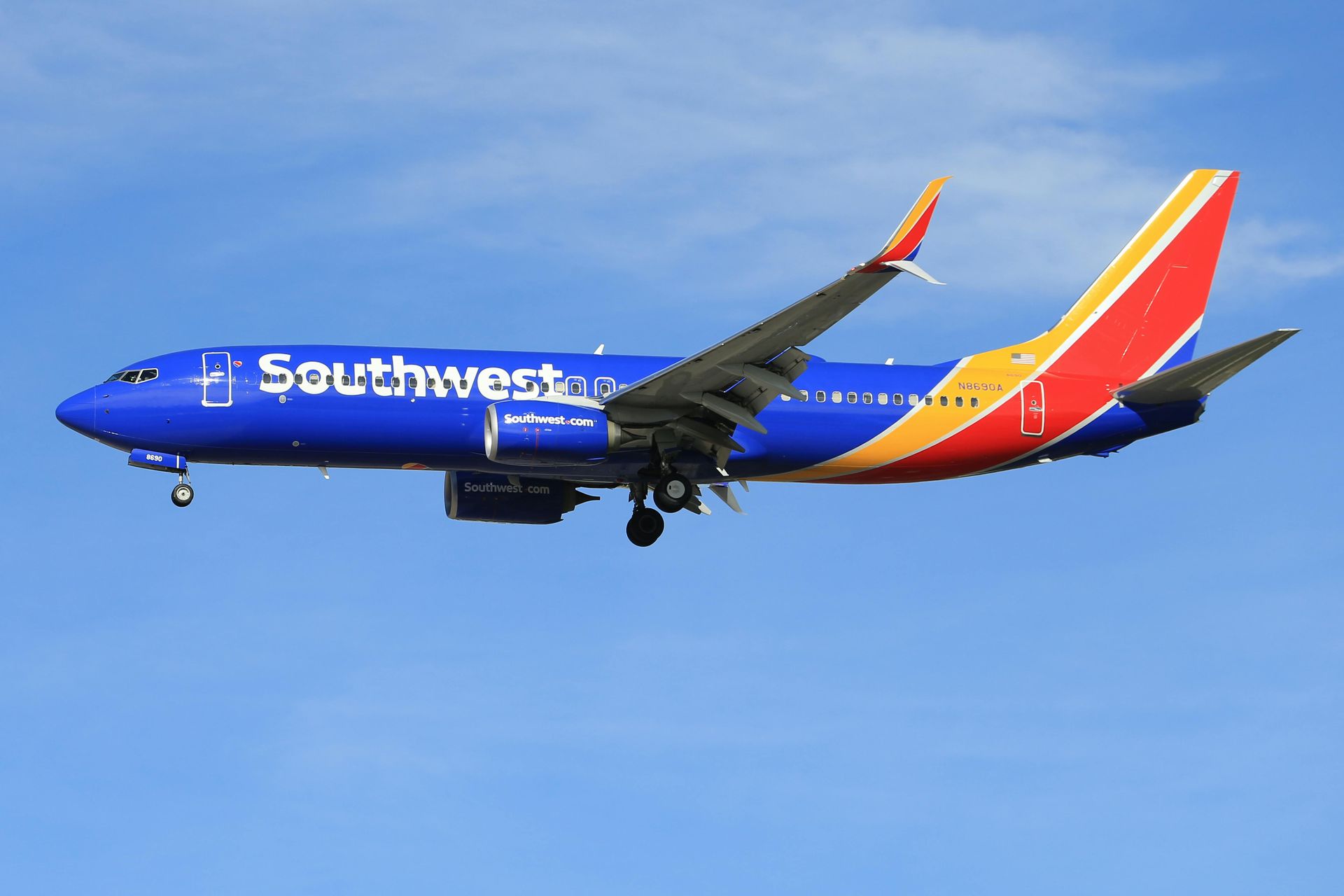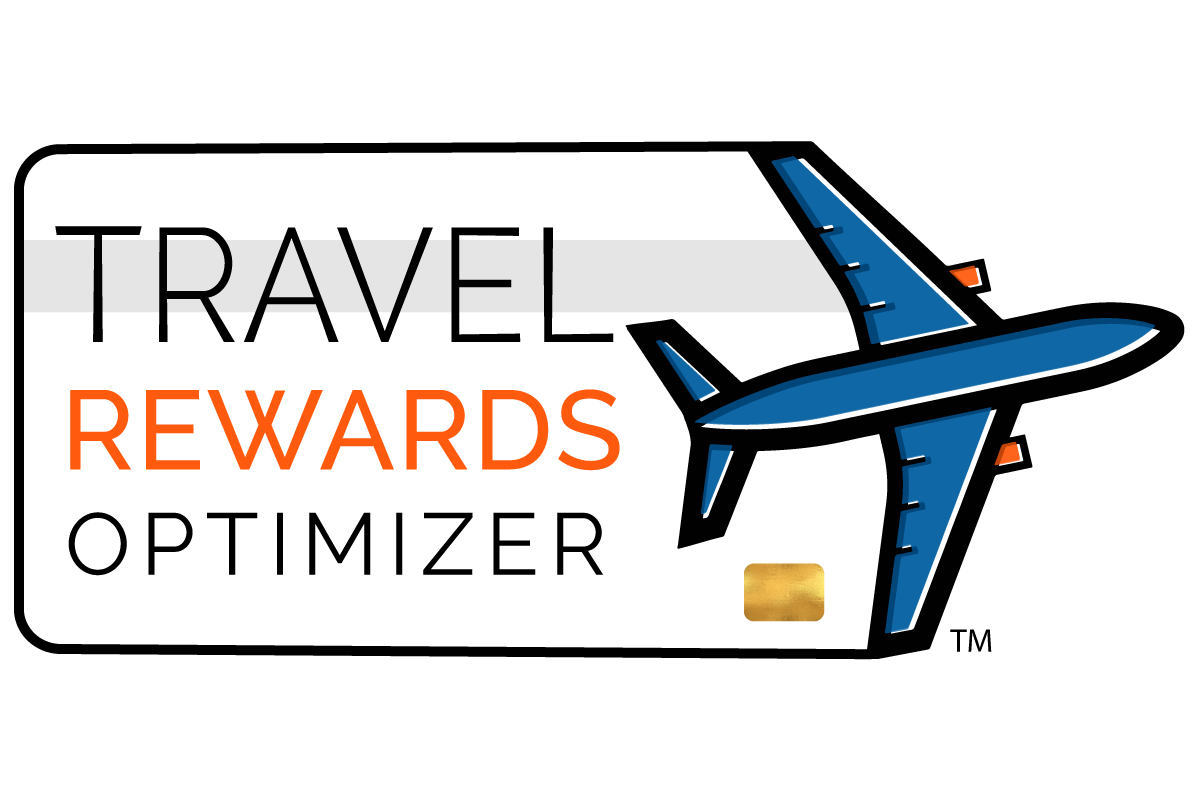Hotels.com Announces New and “Exciting” Rewards Program: Hmmm
When booking chain hotels, if I participate in the chain’s loyalty program and hold an affiliated credit card, I will certainly pay for the room with the affiliated card. There are potential benefits to using the card such as room upgrades (and those free bottles of water). But, a better benefit is that the points you earn from the program and affiliated credit card combined can give you a return of about 16 to 18 percent. In other words, for every six nights stayed with the chain, you can get a seventh night of comparable value free with points.
Over the past few years, my strategy for non-chain hotels was to purchase them through Hotels.com. Their Rewards program offered a free night for every ten nights you book through them – a 10% rebate of sorts. I would use a credit card that generates transferable points (like Chase Sapphire Reserve or Citi Premier) to further boost my “rebate” by getting 3X points per dollar spent. With those transferable points, using Hotels.com for non-chain hotels tended to give me a return that matched what I got using my hotel credit cards.
Recently, Hotels.com shifted from their Rewards program to the OneKey program which rolls up your purchases with Hotels.com, Expedia, and VRBO. Rather than getting your free hotel room after 10 nights, you get an immediate two percent (2%) rebate that can be applied to your next booking. More use of OneKey can push you into tiers that offer a higher rebate percentage.
Hotels.com assured me that they were very excited about the new OneKey program, that it is going to be great, and that I will love it. Having read about the changes in various travel blogs, I have yet to find many people expressing any excitement or love for OneKey.
While learning that your rebate is dropping from 10 percent to two percent is not happy news, perhaps the Hotel.com pricing structure and potential discounts for members might offset this steep drop. Perhaps the naysayers were too hasty in panning the new OneKey program.
To learn more, I did some research on possible destinations for trips that Ms. Optimizer and I hope to take over the next 12 months. These destinations covered five cities/towns in three countries. To compare costs, I would first find a property on Hotels.com, note the price, and deduct the two percent rebate (which is only calculated on the room rate and excludes taxes and fees). Then, I would find the website of the hotel in question and price the same exact room on the same dates.
I should point out that several of the hotel websites I investigated were for hotels that are not in English-speaking countries. Nonetheless, some offer an English language option or can be readily translated. Also, many allow you to select your preferred currency so you can easily make dollars to dollars comparisons.
The results were very clear. For almost all the rooms assessed,
the price on the hotel’s website was less than the price offered by Hotels.com and the savings tended to range from 10 to 15 percent.
The significant savings are a compelling enough reason to book through the hotel’s website. But, another important benefit is that booking directly with the hotel might enhance your stay. Everything you pay (minus taxes) goes to the hotel and the hotel does not have to pay a fee to a third party. Some of these non-chain hotels are small businesses or even family run operations. And, they know which guests booked through a third-party site. If there are less desirable rooms (charming view of an alley, proximity to a noisy elevator, allegedly haunted, etc.) it might be the price shoppers using third party sites who get to stay in them.
Although I am not excited about OneKey, it is important for me to acknowledge that one property in my sample was less expensive on Hotels.com than on the hotel’s own website. Perhaps Hotels.com was offering a special discount and it was large enough that I would use Hotels.com in this case despite my earlier caveat.
Going forward, I will still utilize Hotels.com. It is a great search tool for reducing large numbers of properties down to a manageable list based on one’s preferences for location, price point, quality, and amenities. You also might find a unique bargain that is not available elsewhere. But, I will also be checking directly with the hotels that interest me to make sure that I am optimizing my choice.
Thanks for reading this post and please return often to learn more about travel rewards and how a personalized Travel Rewards Optimizer plan can turn your routine spending into the travel of your dreams.

